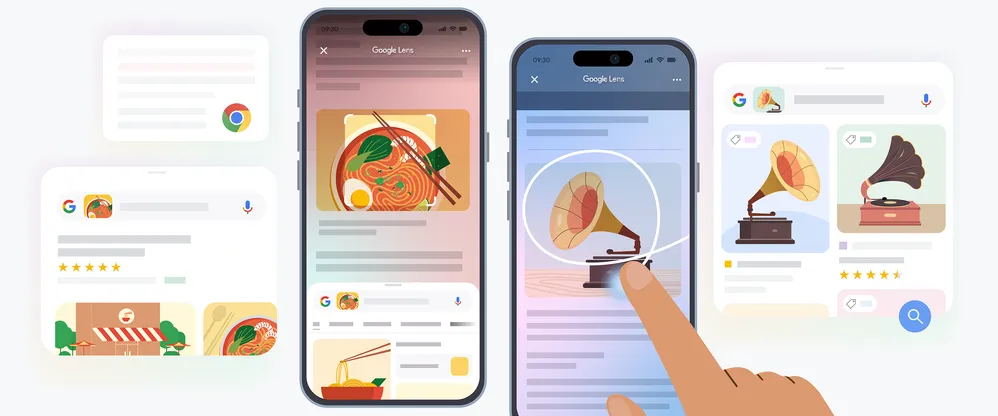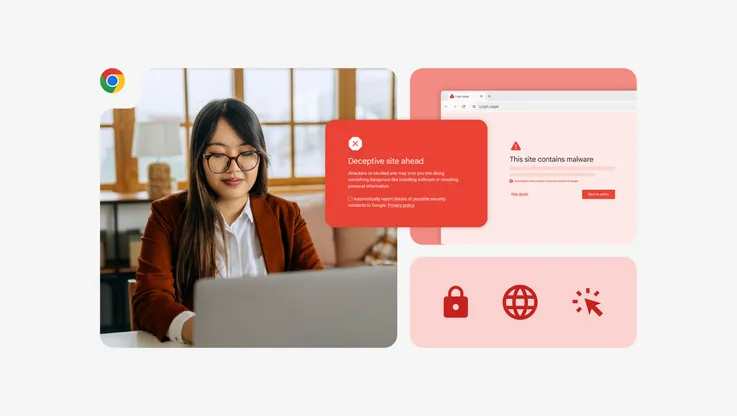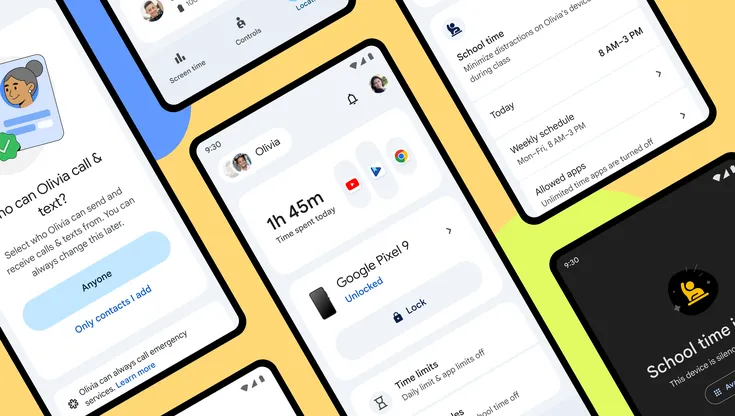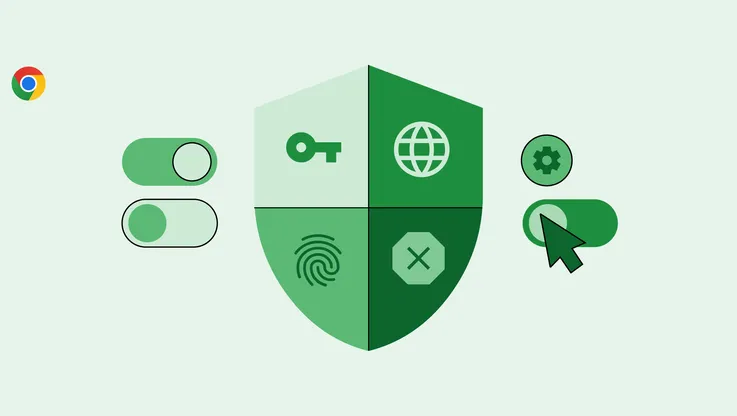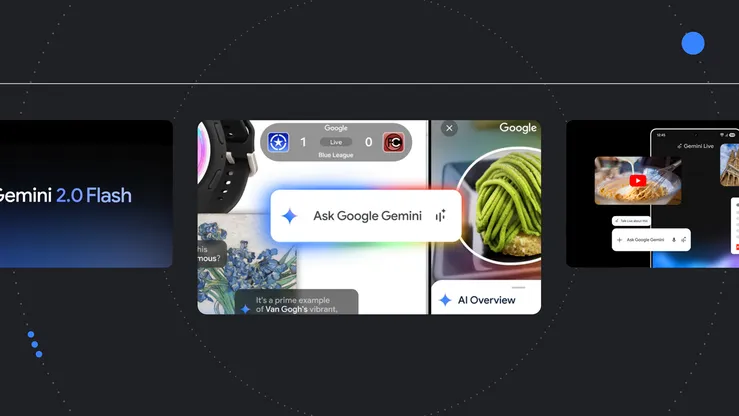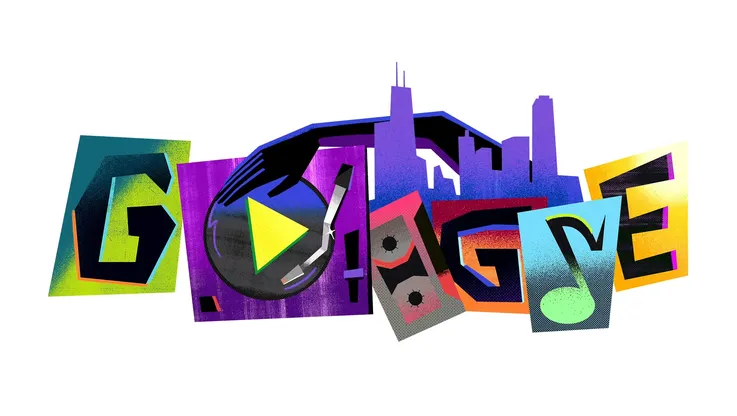Making the cloud more accessible with Chrome and Android
If you’re a blind or low-vision user, you know that working in the cloud poses unique challenges. Our accessibility team had an opportunity to address some of those challenges at the 28th annual CSUN International Technology and Persons with Disabilities Conference this week. While there, we led a workshop on how we’ve been improving the accessibility of Google technologies. For all those who weren’t at the conference, we want to share just a few of those improvements and updates:
Chrome and Google Apps
- Chrome OS now supports a high-quality text-to-speech voice (starting with U.S. English). We’ve also made spoken feedback, along with screen magnification and high-contrast mode available out-of-the-box to make Chromebook and Chromebox setup easier for users with accessibility needs.
- Gmail now has a consistent navigation interface, backed by HTML5 ARIA, which enables blind and low-vision users to effectively navigate using a set of keyboard commands.
- It’s now much easier to access content in your Google Drive using a keyboard—for example, you can navigate a list of files with just the arrow keys. In Docs, you can access features using the keyboard, with a new way to search menu and toolbar options. New keyboard shortcuts and verbalization improvements also make it easier to use Docs, Sheets and Slides with a screenreader.
- The latest stable version of Chrome, released last week, includes support for the Web Speech API, which developers can use to integrate speech recognition capabilities into their apps. At CSUN, our friends from Bookshare demonstrated how they use this new functionality to deliver ReadNow—a fully integrated ebook reader for users with print disabilities.
- Finally, we released a new Help Center Guide specifically for blind and low-vision users to ease the transition to using Google Apps.
Android
- We added Braille support to Android 4.1; since then, Braille support has been expanded on Google Drive for Android, making it easier to read and edit your documents. You can also use Talkback with Docs and Sheets to edit on the go.
- With Gesture Mode in Android 4.1, you can reliably navigate the UI using touch and swipe gestures in combination with speech output.
- Screen magnification is now built into Android 4.2—just enable “Magnification gestures,” then triple tap to enter full screen magnification.
- The latest release of TalkBack (available on Play soon) includes several highly-requested features like structured browsing of web content and the ability to easily suspend/resume TalkBack via an easy-to-use radial menu.
These updates to Chrome, Google Apps, and Android will help create a better overall experience for our blind and low-vision users, but there’s still room for improvement. Looking ahead, we’re focused on the use of accessibility APIs that will make it easier for third-party developers to create accessible web applications, as well as pushing the state of the art forward with technologies like speech recognition and text-to-speech. We’re looking forward to working with the rest of the industry to make computers and the web more accessible for everyone.
